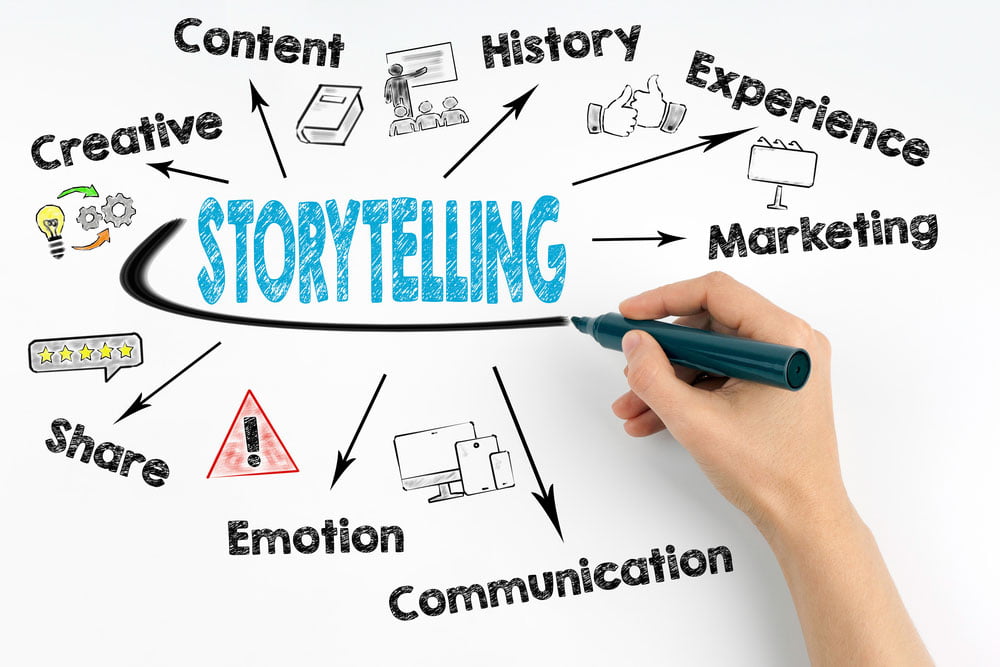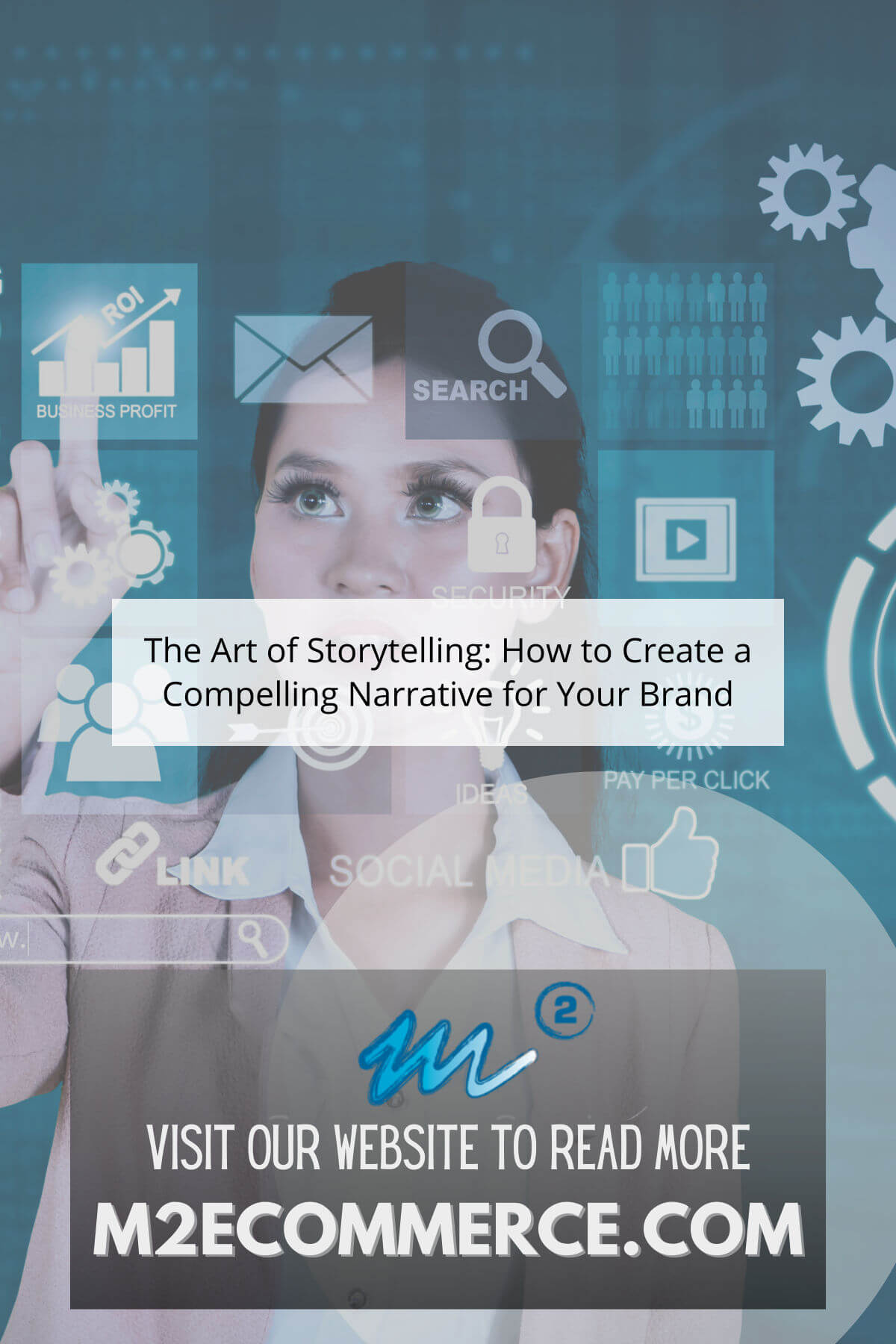Crafting a Compelling Narrative: Unveiling the Value of Your Product or Service

As an interior design expert and architect, I’ve spent countless hours crafting spaces that resonate with people’s needs and aspirations. My expertise lies in understanding the intricacies of design, the psychology of space, and the power of storytelling. I’ve learned that the most successful products and services are not just functional, but also evoke a sense of connection and meaning for their users.
To help you articulate the unique value of your offering, we need to dive deeper into its essence. Let’s start by exploring the key features and benefits you should focus on, tailoring them to your ideal customer.

1. Understanding Your Ideal Customer:
- Who are they? Define your target audience – their demographics, lifestyle, aspirations, and pain points. Are they young professionals seeking a modern aesthetic? Families prioritizing functionality and safety?
- What are their needs and desires? What problems are they trying to solve? What are their motivations for purchasing your product or service?
- What are their values? What matters most to them in their daily lives? Do they value sustainability, innovation, craftsmanship, or affordability?


2. Defining Your Product or Service’s Unique Value Proposition:
- What problem does your product or service solve? Be specific and focus on the key benefit. For example, instead of saying "our product saves time," say "our product allows busy professionals to cook healthy meals in under 30 minutes."
- What makes your offering different from the competition? Highlight your unique selling points, whether it’s superior quality, innovative features, exceptional customer service, or a more affordable price point.
- How does your product or service enhance your customer’s life? Connect your offering to their values and aspirations. Does it make their life easier, more enjoyable, or more fulfilling?



3. Articulating Features and Benefits:
Once you understand your ideal customer and your product’s unique value proposition, you can start crafting your message. Here’s a framework to help you:
- Feature: A tangible aspect of your product or service.
- Benefit: The positive outcome or value that the feature provides to the customer.
- Example:

- Feature: "Our coffee maker has a built-in grinder."
- Benefit: "Enjoy freshly ground coffee every morning, without the hassle of separate appliances."



4. Examples of Feature-Benefit Statements:
- Product: A high-end kitchen appliance

- Feature: "Stainless steel construction with a durable, scratch-resistant finish."
- Benefit: "Enjoy the beauty and longevity of a professional-grade appliance that will stand the test of time."
- Service: A personal training program
- Feature: "Personalized workout plans tailored to your individual goals and fitness level."
- Benefit: "Achieve your fitness goals faster and more effectively with expert guidance and customized support."
- Product: A sustainable clothing brand
- Feature: "Made with organic cotton and recycled materials."
- Benefit: "Reduce your environmental impact while enjoying stylish and comfortable clothing."
5. Crafting Your Narrative:
- Use storytelling: Connect with your audience by weaving a narrative around your product or service. Tell a story about a customer who benefited from using your offering.
- Focus on emotions: Appeal to your customer’s desires and aspirations. Make them feel excited, inspired, or empowered by using your product or service.
- Use strong visuals: Images, videos, and infographics can effectively communicate the features and benefits of your offering.
- Keep it concise and clear: Avoid jargon and technical terms that your audience might not understand.
6. Key Considerations for Different Media:
- Website: Your website should clearly showcase your product or service, its features and benefits, and customer testimonials.
- Social Media: Use engaging visuals and short, compelling captions to highlight your product or service’s unique value proposition.
- Email Marketing: Target your emails to specific customer segments and personalize your message to address their specific needs.
- Advertising: Craft persuasive ad copy that captures attention and highlights the key benefits of your offering.
7. The Power of Testimonials:
- Social Proof: Authentic customer testimonials can be powerful in building trust and credibility. Share stories about how your product or service has made a positive impact on others.
- Case Studies: For complex products or services, detailed case studies can demonstrate your offering’s effectiveness and provide concrete examples of its benefits.
8. Continuously Iterate and Improve:
- Track your results: Monitor your marketing efforts and measure their effectiveness. Use data to identify what’s working and what needs improvement.
- Seek feedback: Ask your customers for their feedback on your product, service, and marketing messages. Use their insights to refine your approach.
Remember: Your goal is to connect with your customers on an emotional level and demonstrate how your product or service can make their lives better. By understanding your target audience, highlighting your unique value proposition, and crafting compelling narratives, you can effectively communicate the features and benefits of your offering and inspire informed purchasing decisions.

